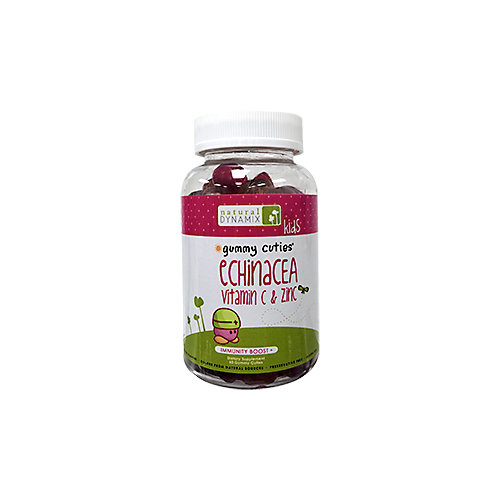

However, adverse effects are possible with intakes greater than 3000 mg daily, including reports of diarrhea, increased formation of kidney stones in those with existing kidney disease or history of stones, increased levels of uric acid (a risk factor for gout), and increased iron absorption and overload in individuals with hemochromatosis, a hereditary condition causing excessive iron in the blood. In generally healthy adults, megadoses of vitamin C are not toxic because once the body’s tissues become saturated with vitamin C, absorption decreases and any excess amount will be excreted in urine. Studies have shown that absorption of vitamin C decreases to less than 50% when taking amounts greater than 1000 mg.

The intestines have a limited ability to absorb vitamin C. Only in specific scenarios, such as under medical supervision or in controlled clinical trials, amounts higher than the UL are sometimes used. The UL for vitamin C is 2000 mg daily taking beyond this amount may promote gastrointestinal distress and diarrhea.

This means that it dissolves in water and is delivered to the body’s tissues but is not well stored, so it must be taken daily through food or supplements. Vitamin C, or ascorbic acid, is a water-soluble vitamin. Is a glass of OJ or vitamin C tablets your go-to when the sniffles come? Loading up on this vitamin was a practice spurred by Linus Pauling in the 1970s, a double Nobel laureate and self-proclaimed champion of vitamin C who promoted daily megadoses (the amount in 12 to 24 oranges) as a way to prevent colds and some chronic diseases.


 0 kommentar(er)
0 kommentar(er)
